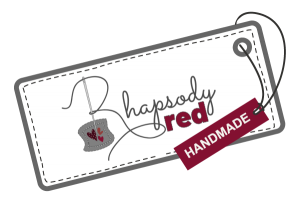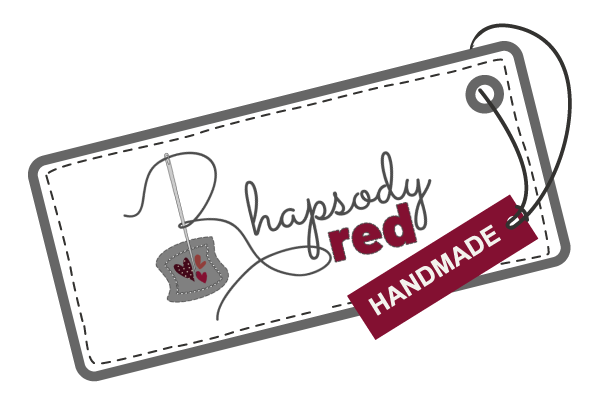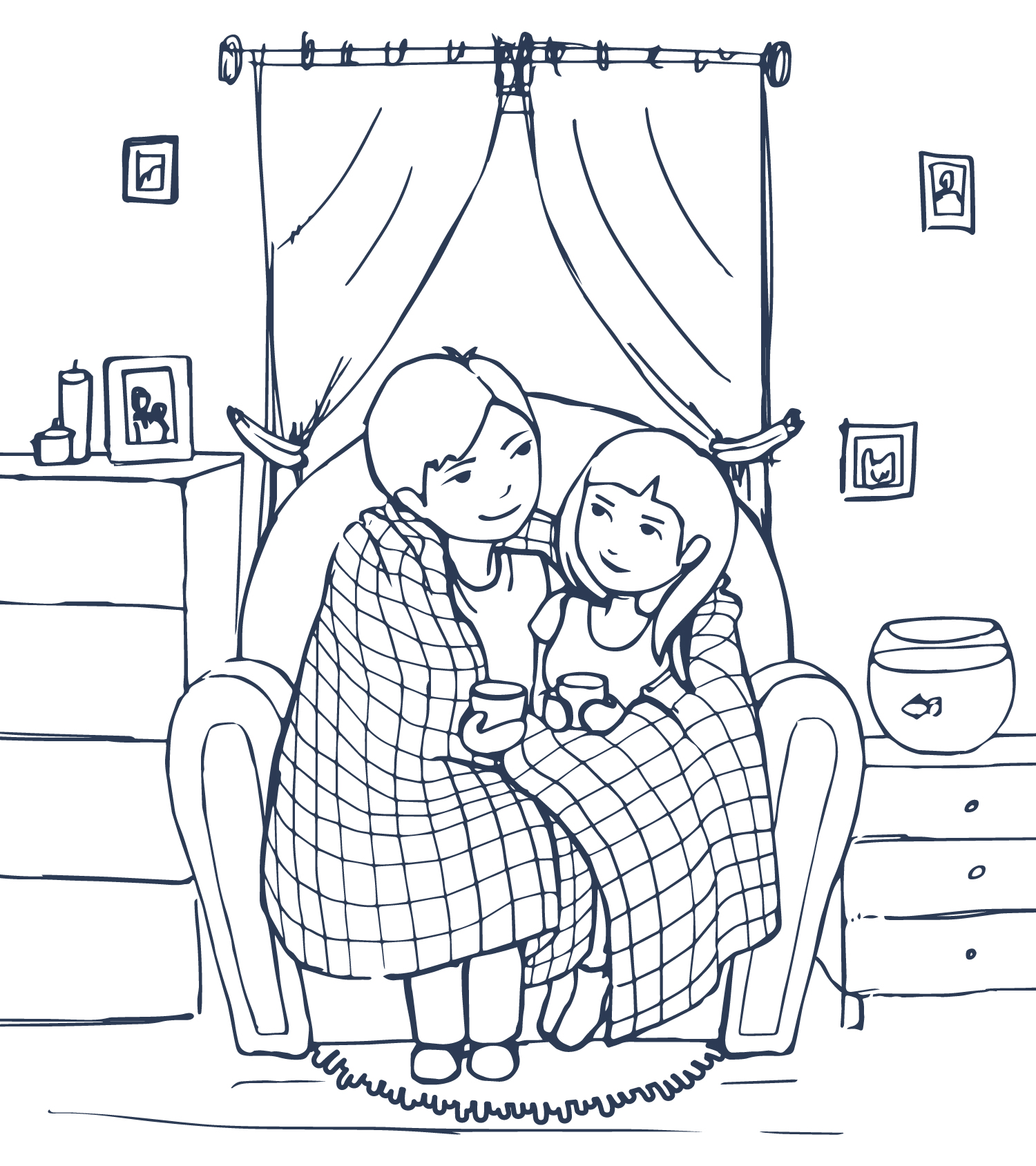Pool noodles and quilts; what do they have in common. Pool noodles help you minimize the possibilities of permanent creases in your quilts when storing them.
Pool noodles are one of the best ways to store a quilt for an extended length of time. I’ll go over several options you can consider to store your quilts and things to watch out for.
Care, in general, will extend the life of your quilt and keep it in good shape. We’ll talk specifically about storing in this article. I will have future articles to address washing, display, and other considerations.
Here’s how I think of caring for my quilts. The amount of time I spend caring for my quilt is how much I value the quilt. For example, if I was a coin collector and had one valuable coin in my collection and a coin handed down to me from my grandfather, a collector and the coin had family significance. I would treat, store, and care for the second coin much more carefully. I would imagine most people would. That’s how I think of quilts. It is entirely up to you how much time and effort you choose to spend on quilt care.
I offer you the information below, and you decide the effort you want to put in. It may also depend on your living situation or the time you have in that immediate moment.
PREPARING
I’m going to begin with the recommendation that makes you think, “what the heck am I storing, a million-dollar quilt.”
When you get ready to store your quilt, first make sure, it is clean. Washing is a whole separate subject I won’t attempt here.
Wash your hands and don’t have lotion on them when handling your quilt as you prepare it to be stored. If you want to be extreme, maybe your quilt warrants it, wear gloves.
ENVIRONMENT
The things to consider are no different in storing quilts than storing any other natural fiber items. You most likely care more about keeping your quilts in good shape than, say, the blouse you bought on vacation in Maine last year. There are basically three environmental things to think about.
Store away from sun exposure.
Store in a dry environment.
Store in a climate-controlled area.
Attics and basements are easy places to keep stored clothing, quilts, and blankets, but they are not ideal locations for the fibers. Not at all. Closets are the most likely good locations to meet the conditions listed above.
CONTAINERS
Things to consider if you are storing in containers are acid, color, and oil. The best action is not to store in containers. You can purchase acid-free boxes to store delicate items. You can fold and place it in an old white pillowcase. If you store in containers, here are a few ways to protect your quilt from materials in the containers.
Acid – wrap your quilt in acid-free tissue
Color dye – wrap your quilt in old white bed sheets
Oil – don’t
I always hear about finding “treasures” in cedar chests. The challenge is the oil transmitted to your quilts. Yikes. Color dye in containers may leech into your quilt. So if you are going to use containers, protect your quilt.
FOLDING
There are many ways you can fold your quilts with the ultimate goal of not creating permanent creases in the quilt. The fibers in your fabrics can break, and once that happens, there’s no turning back.
Refolding
There are several things to think about as you fold your quilts. First, refold often into different configurations. The definition of “often” is at your discretion. I’m going to say between 4 to 6 months as a rule of thumb. Let’s say in April, you put your quilt away as the weather starts to warm up. You fold it in four sections each way and place it in a pillowcase on the top shelf of your closet.
In July, you plan to take it out and refold it into thirds each way, and this time maybe it doesn’t fit into the pillowcase, so you wrap it in an old white bed sheet. Then it comes out in October and lives on your couch to keep you warm all winter. When it isn’t in use, you make sure it lies on the sofa on the far left because the right side of the living room gets direct sun every afternoon.
Add acid-free tissue to folds.
To crank things up a notch, you can place crumbled, acid-free tissue in the first set of folds in the quilt. The first folds are the tightest. If you place tissue in the fold, it makes for a gentler fold.
Fold to the bias
Folding on the bias, i.e., at a diagonal, is common. The folds will be with the fiber, not against them, and reduce the risk of breaking fibers. It also reduces stress on the seams.
To fold inside out or not to
There are two thought processes for folding the quilt; inside out or visa versa. Folding the quilt, so the top shows or folding to protect the top and the backside shows.
If you fold so the top, the front, shows, the folds are toward the back and will be most pronounced on the back, not the front, IF they become permanent marks.
If you fold so the top is in, the top will be protected from the elements, i.e., sun, accidental snags, etc.
I’ll leave that one up to you.
METHODS OF FOLDING
There are basically two types of folding methods. None are my ideas or creations but essential to share.
Folding on the Bias
There are several ways of folding on a diagonal, but my favorite is shown in this video here. The trick is to begin by folding at a diagonal and then folding after that squares up the quilt and will be on a bias by the nature of geometry. If you add tissue to the inside of the first folds, you will soften the crease and reduce the possibility of permanent creases.
If you have several quilts that you store, do not layer too many on each other. The weight will also press the folds and increase the risk of permanent creases.
Pool Noodle
Buy a pool noodle, wrap it in an old white bedsheet or if you are crafty, sew a sock for it. This will create a barrier between the quilt and pool noodle, which can release the color of the noodle into the quilt. Place your quilt with the backing facing up. Roll your quilt onto the noodle. Roll so the length across the noodle is either the top or bottom edge and roll top-down or bottom-up. The placement of the quilt is so when you unroll it, it will curl temporarily towards the back, not front on the top and bottom. If you don’t care about this temporary curl, roll whichever way you want.
This is the best way to reduce risk of ceases, because . . . . . there are no folds in this method. The roll can be stored on the top shelf of your closet or any shelving unit long enough to fit it.
LABELING
Here are some nifty ideas if you have lots of quilts or even a few, but they are all stored in a shared location.
If they are in a box or wrapped in other fabric so you can’t see them, you can place a label or photo on the outside, so you know which quilt it is without opening. If you want to be the pet student, you can add info like the date last folded to the label.
STRATEGIES
Who’d’a thunk there would be strategies in how you care for your quilts. Yes, ma’am, sir. Whether you use your quilt as a bedspread, a throw in the living room, or display it, consider sun exposure. I am not saying to do it; just be more thoughtful about it.
To minimize exposure to the sun and still use or display, be strategic with areas in the room it is placed. Also, rotate quilts in and out of use. For example, use the quilt as your bedspread for 3 months, then rotate out to another bedspread or comforter. Same for throws in the living room or your display. You will reduce the time the quilt is exposed and add a little interest to the environment by switching out the look.
By no means am I saying I do all these things? For example, I have several quilts that are just day-to-day quilts. If the dog ate them tomorrow, I would not be distressed. These, I regularly wash, every 3-4 months, and fold and roll into a basket in the living room with no care for how I fold other than the fact that they only get one fold and then are rolled. And they are refolded/rolled the same every time. They are exposed to the sun because the living room gets lovely rays of sun in the mornings. And I’m ok with that.
I have three quilts that I am very attached to that are usually stored in my closet and refolded every few months. They do not come out except on rare occasions. I love them but use them sparingly, which actually makes them more special. I don’t use a pool noodle only because I don’t have space to place them in that configuration.
Now you are armed with information to take into account as you care and store your quilts.
Snuggle Up




